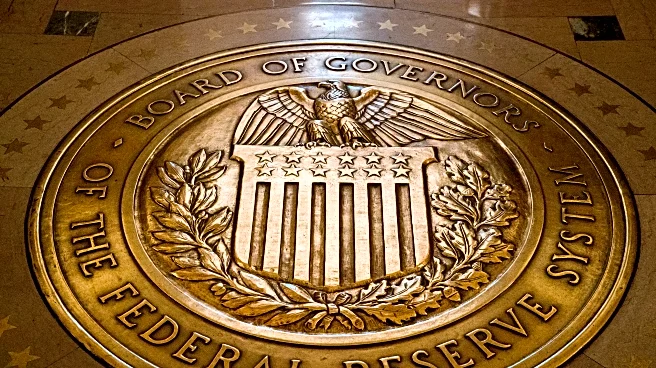What's Happening?
The Federal Reserve has reaffirmed its 2% inflation target amidst elevated core PCE readings, which reached 2.9% in July 2025. This decision has sparked debates about the central bank's approach to balancing price stability and economic growth, particularly affecting tech-driven equities. The Fed's updated policy framework in 2025, which emphasizes a return to traditional rules-based approaches, suggests a focus on inflation containment over accommodative measures. This shift is significant for tech equities, as AI-led innovation has driven high valuations but now faces challenges from tightening monetary policy and changing investor sentiment.
Why It's Important?
The Fed's stance on inflation and monetary policy has significant implications for the tech sector, which has been a major growth engine due to AI-driven innovation. The sector's reliance on low-cost capital and high-growth expectations makes it vulnerable to rate hikes and profit-taking. Investors are increasingly rotating into defensive sectors like utilities and healthcare to hedge against macroeconomic uncertainty. This shift reflects concerns over potential overvaluation in the AI sector, often referred to as an 'AI bubble.' The Fed's policy decisions will shape the trajectory of tech equities, impacting investment strategies and economic stakeholders.
What's Next?
Investors are likely to adopt a diversified approach to navigate the complex landscape created by the interplay between AI innovation and monetary policy. High-return-on-equity AI firms offer growth potential but must be balanced with defensive equities and fixed-income assets to mitigate volatility. The Fed's focus on inflation control and AI's deflationary impact could align with its price stability goals, but the sector's vulnerability to rate hikes remains a concern. Strategic portfolio management will be essential to leverage AI's upside while hedging against macroeconomic shocks.












